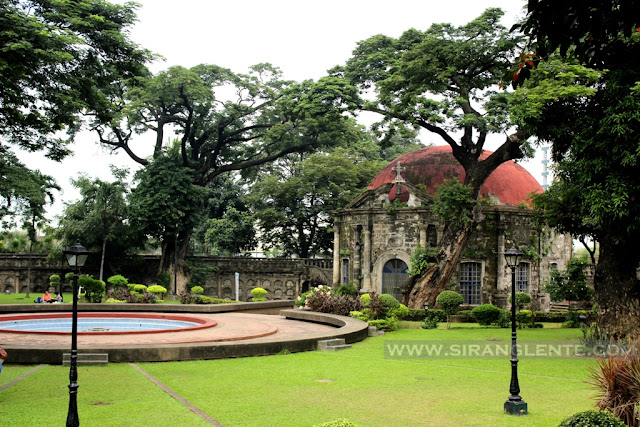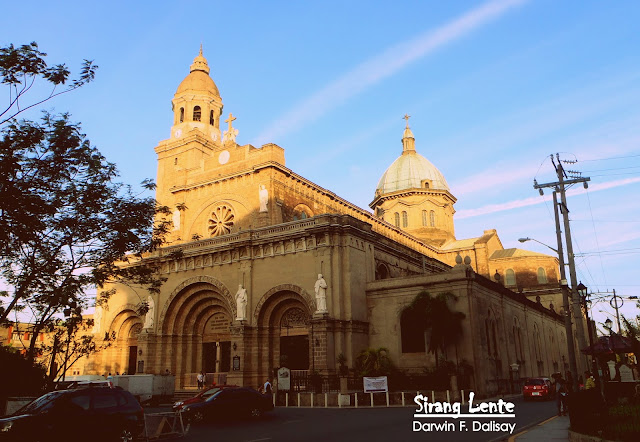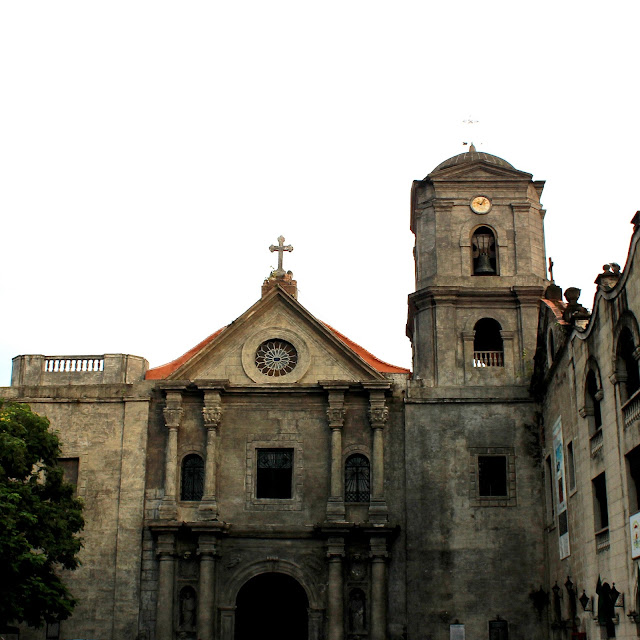
Jump to: | About Sulu Museum | History and Cultural Significance | How to Get There | What to See Inside | Travel Tips | Where to Stay | Nearby Attractions | Summary
🏛️ About Sulu Museum
The Sulu Museum in Jolo, Sulu stands as a cultural beacon of the Tausug people and the rich history of the Sultanate of Sulu. This museum serves as a guardian of heritage, displaying ancient artifacts, royal relics, and traditional crafts that narrate the story of Sulu’s proud past and resilient culture.









